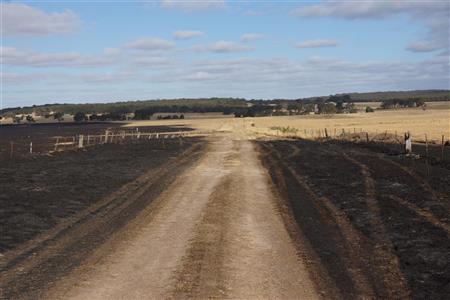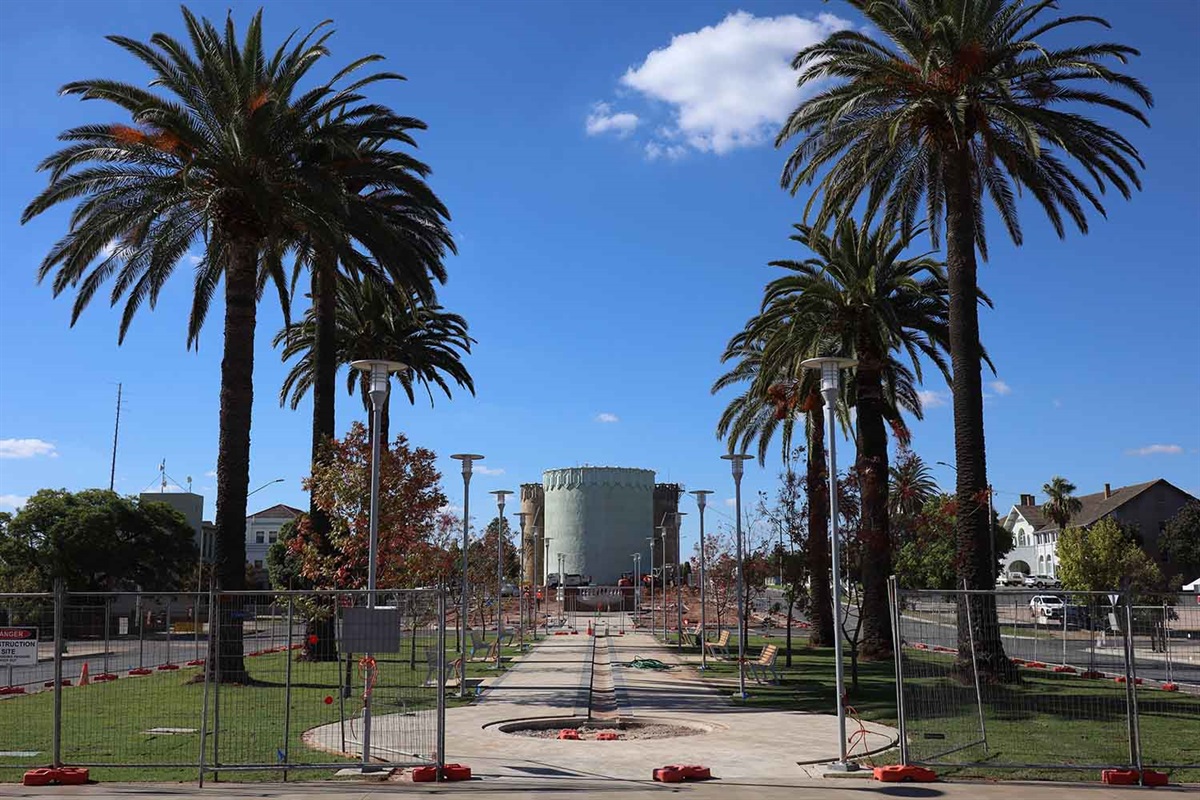In the wake of Australia’s black summer bushfires, the Morrison Government is on track in its plans to support the ongoing recovery of Australian native species and habitats.
The one-year review of the Threatened Species Scientific Committee’s 10-point Bushfire Response Plan shows critical progress on all actions, including on the delivery of accelerated assessments for species like the Gang Gang Cockatoo, Kangaroo Island Dunnart and the Greater Glider; the most comprehensive review of plant species ever and the deployment of on ground strategies.
Minister for the Environment Sussan Ley said that timely and robust assessment of actions under the TSSC’s Bushfire Response Plan is invaluable for supporting fire-affected species and ecosystem recovery under the Government’s $200 million wildlife and habitat recovery funding.
“While the fires were still burning in 2020 we were developing strategies to bring together wildlife experts, land managers and threatened species scientists and the report shows how valuable that process has been,” Minister Ley said.
“Practically, it means we have been able to establish species coordinators to manage the recovery of our native wildlife and invest in critical habitat restoration programs that have seen nest hollows created for the Gang Gang Cockatoo and nest boxes for the Greater Glider.
“We are also investing in feral animal eradication programs on Kangaroo Island to reduce the pressure on fire-affected species most at risk like the iconic Dunnart.”
So far, 116 species and 7 ecological communities affected by the fires have been prioritised for assessment, with foundational work underway to support the long-term recovery of several hundred more.
Through the recently commenced Species Expert Assessment Plans project, scientific experts across the country are collaborating to determine how individual species have been affected and what actions are a priority for their conservation.
Updated or new science-based conservation advice for 37 priority fire-affected entities is being assessed by the TSSC, with targeted conservation information for a lot more species and ecological communities in the pipeline.
“Focusing our efforts where it is most needed helps limit the decline of fire-affected species and ecosystems,” Minister Ley added.
To undertake its work, the TSSC collaborates with the Australian and state and territory governments, the Threatened Species Commissioner, Indigenous people, scientific experts and non-government organisations.
The TSSC’s continued focus on identifying priority conservation planning actions provides a valuable pathway for the ongoing protection of Australian biodiversity affected by the 2019-20 bushfires.
You can find the 10-Point plan here: https://www.environment.gov.au/biodiversity/threatened/tssc







